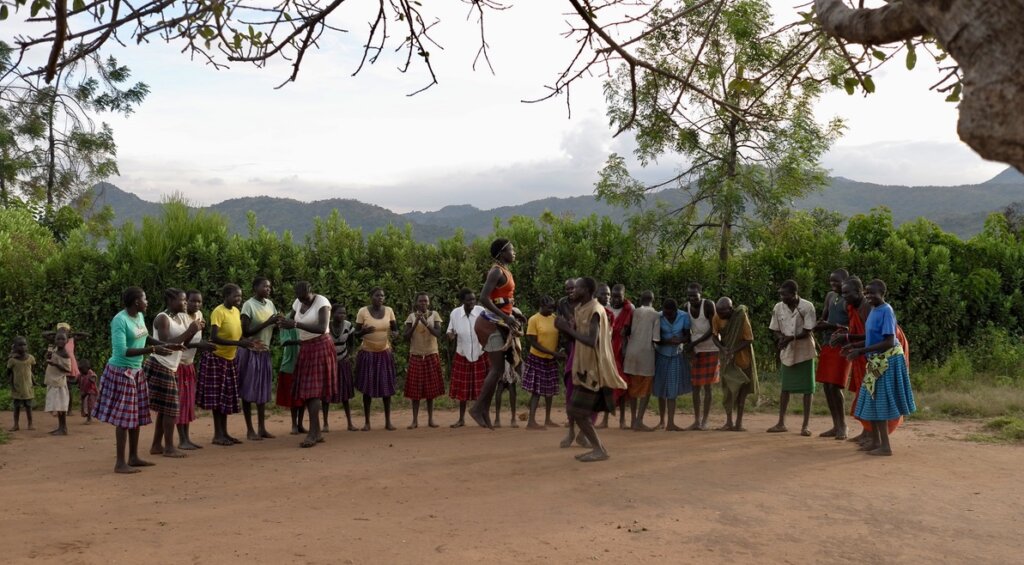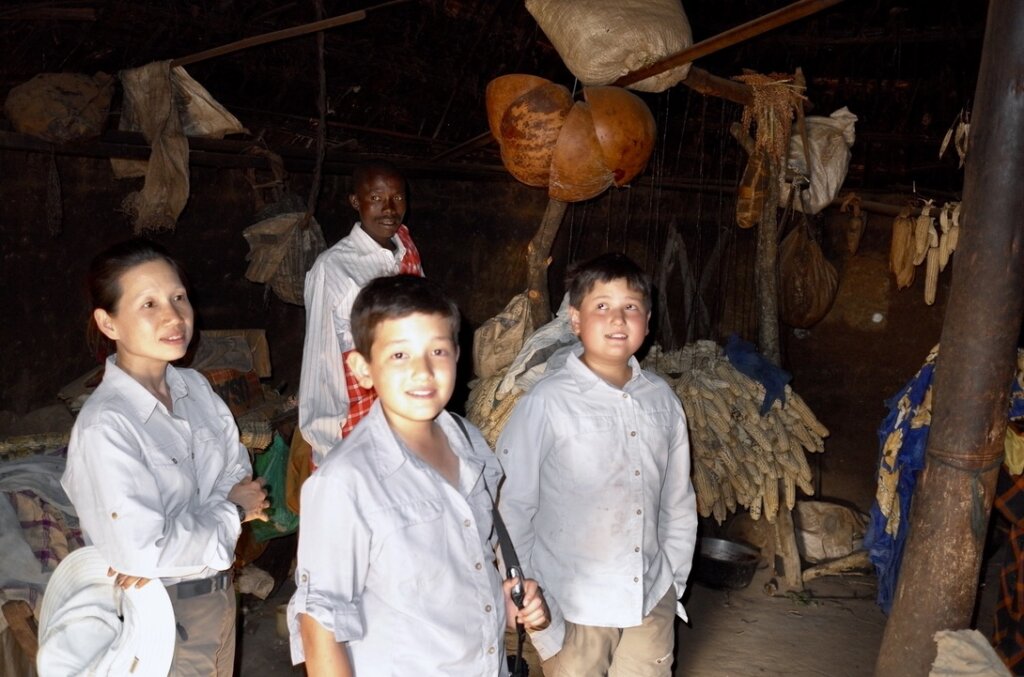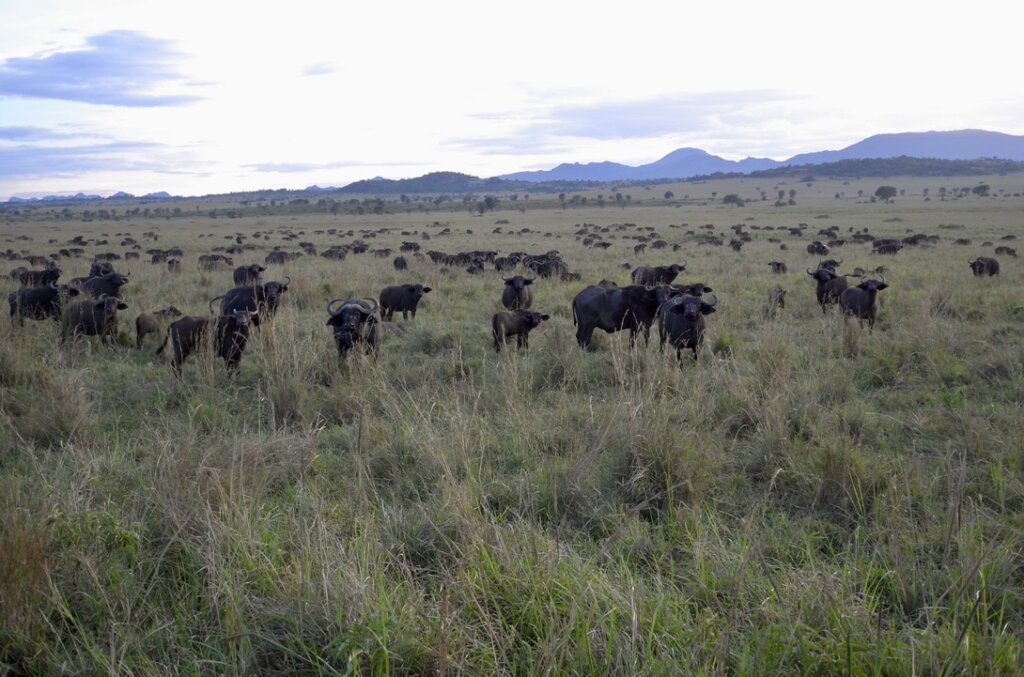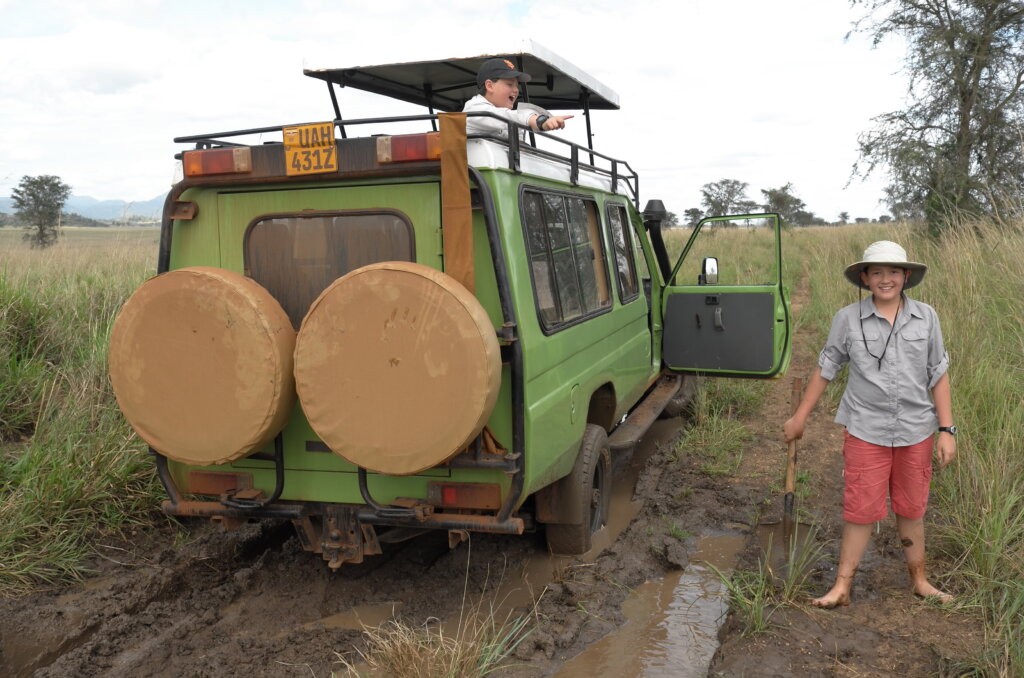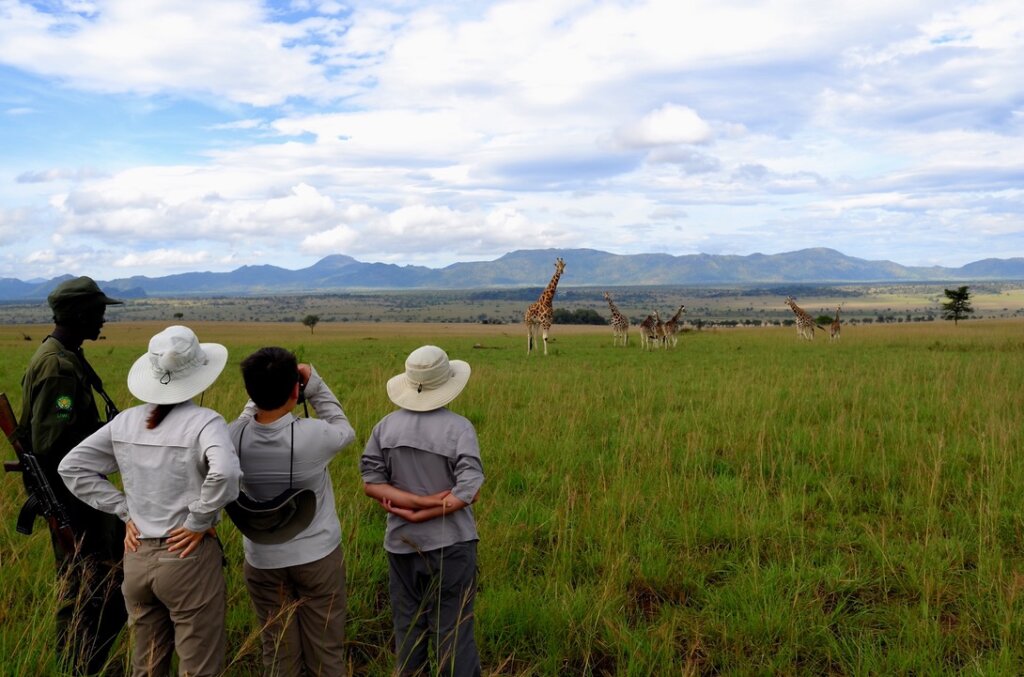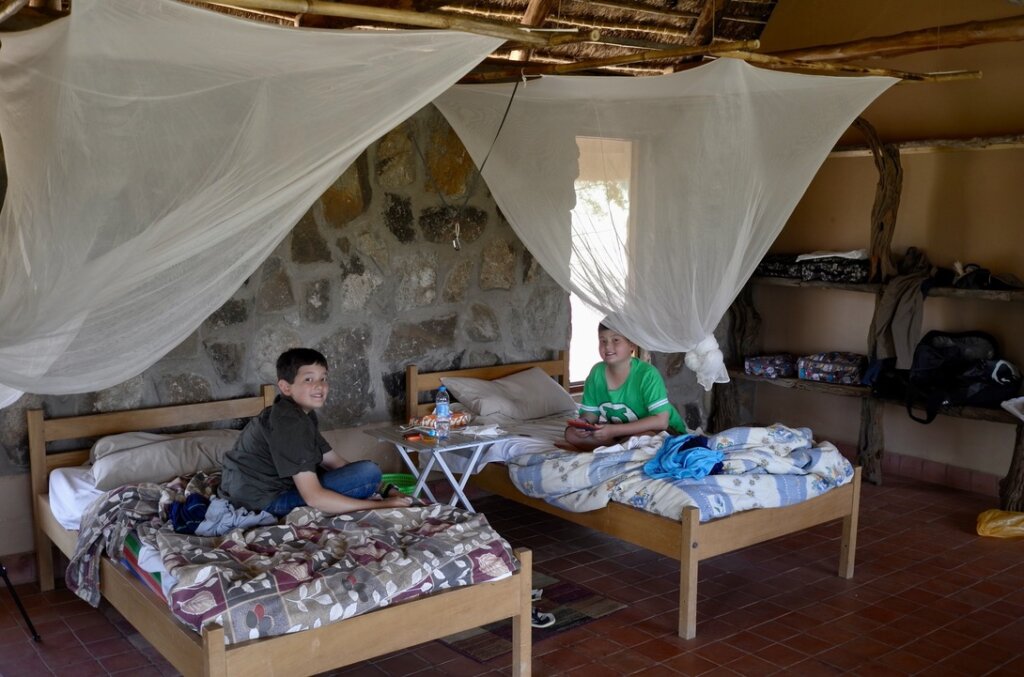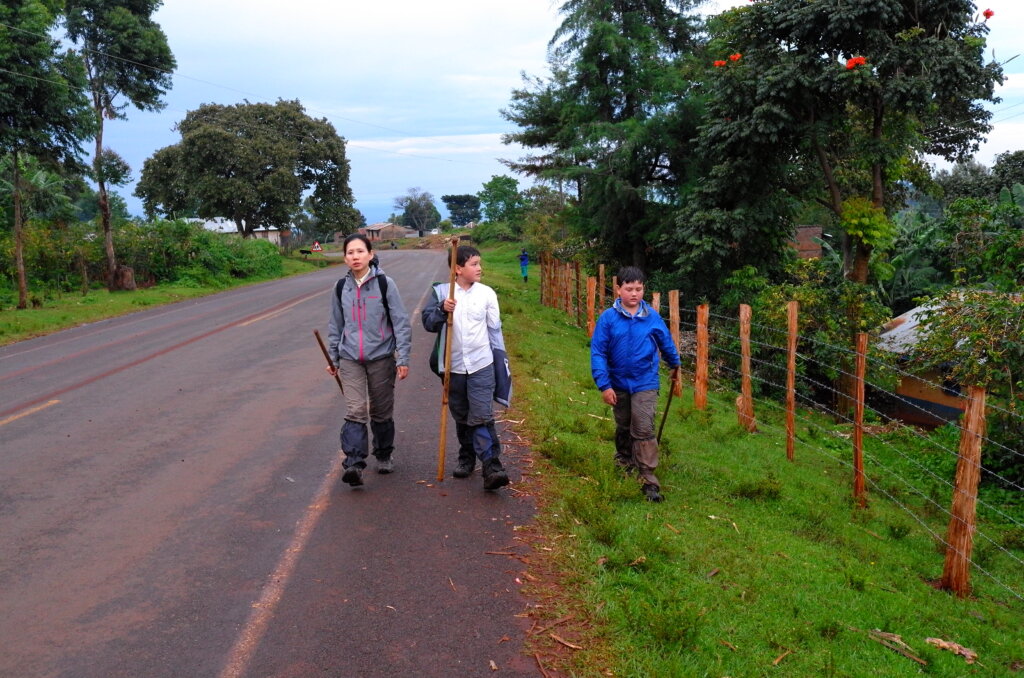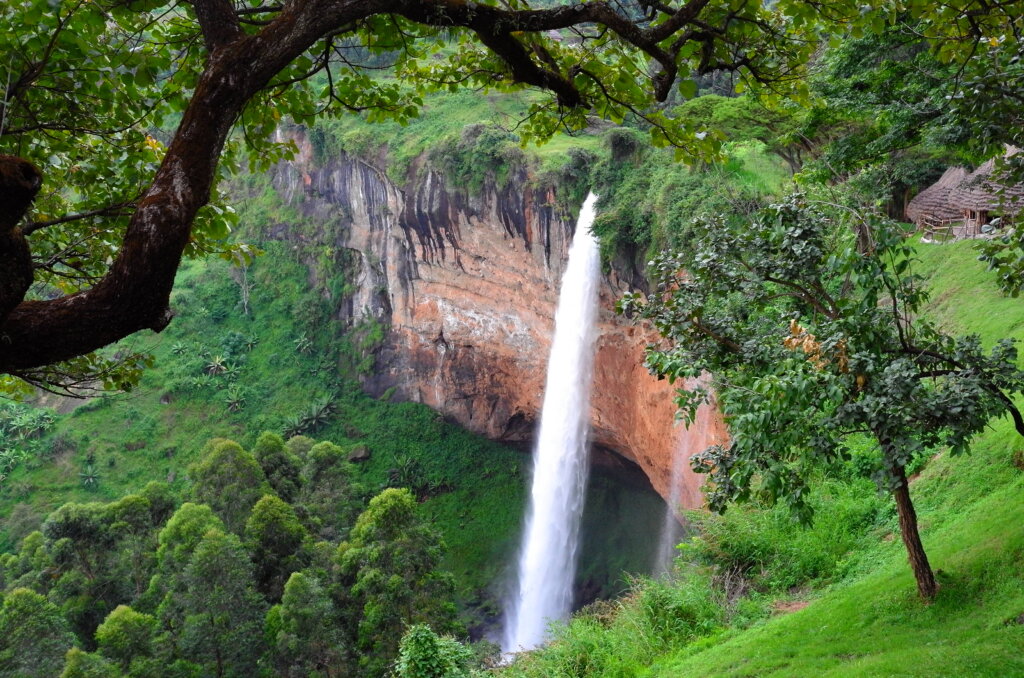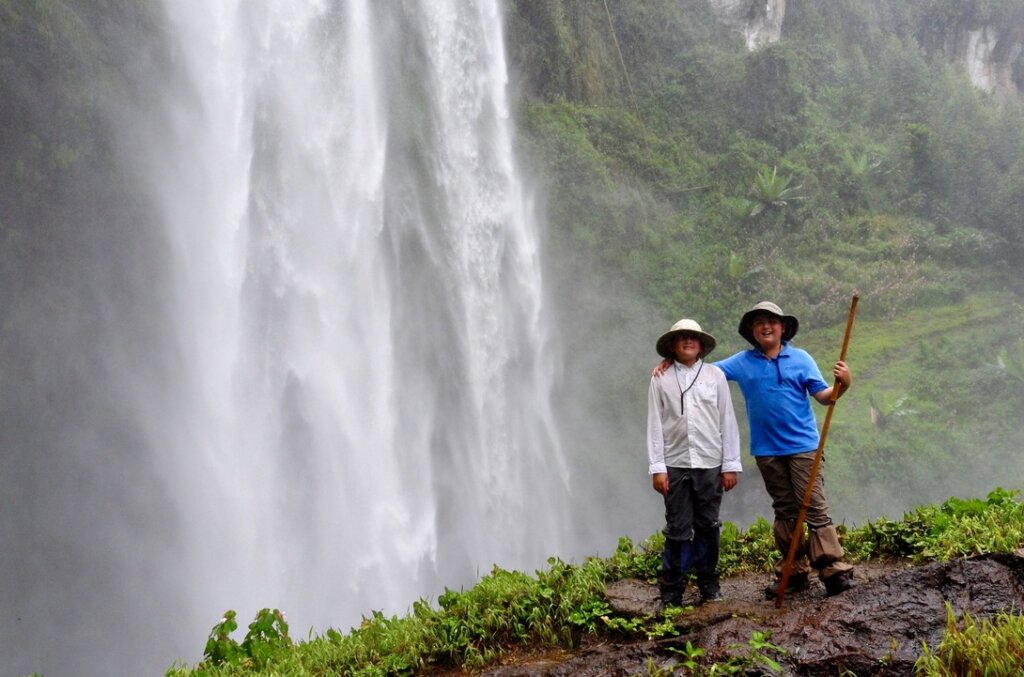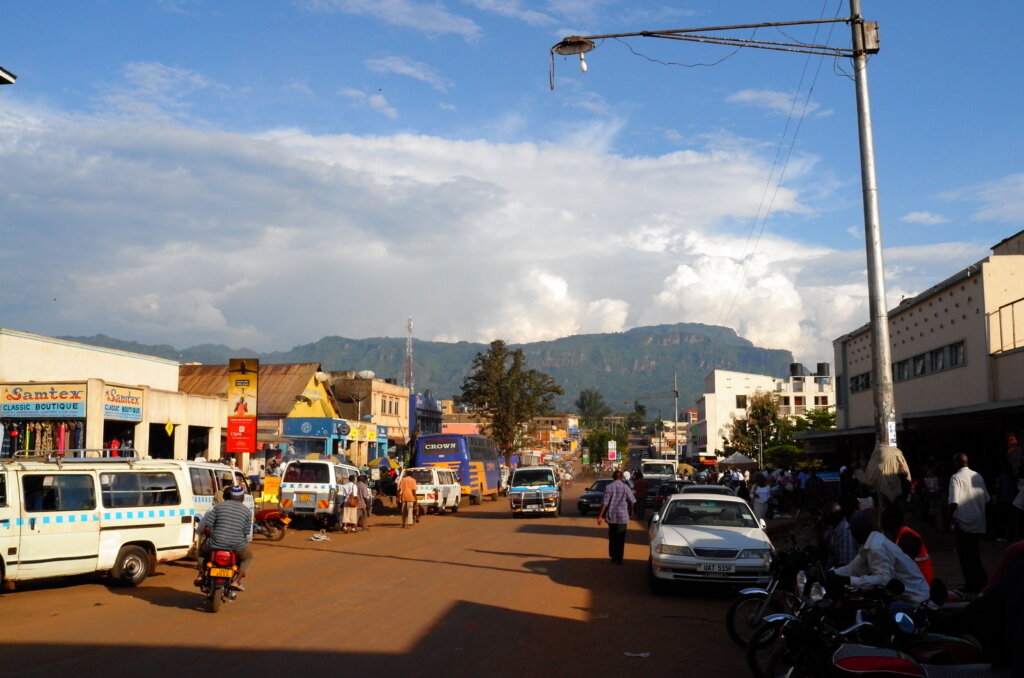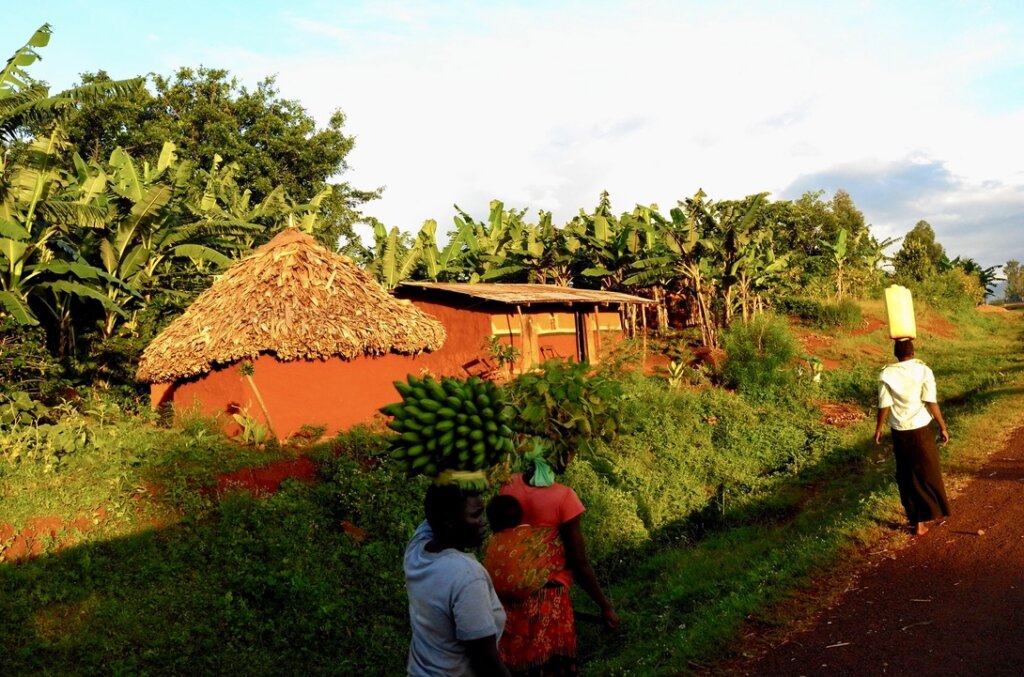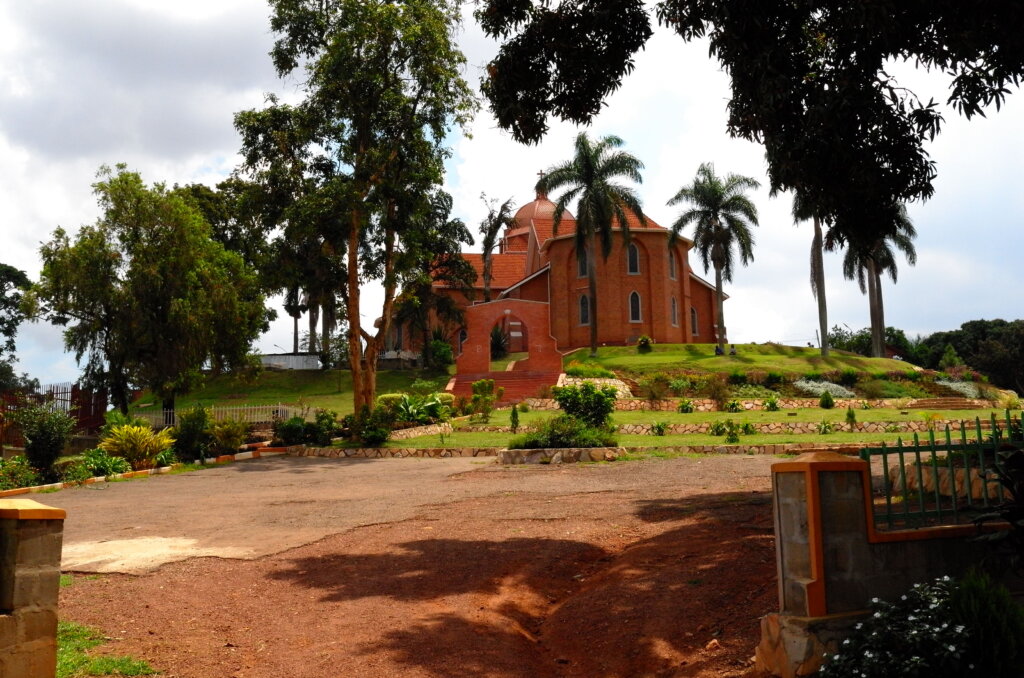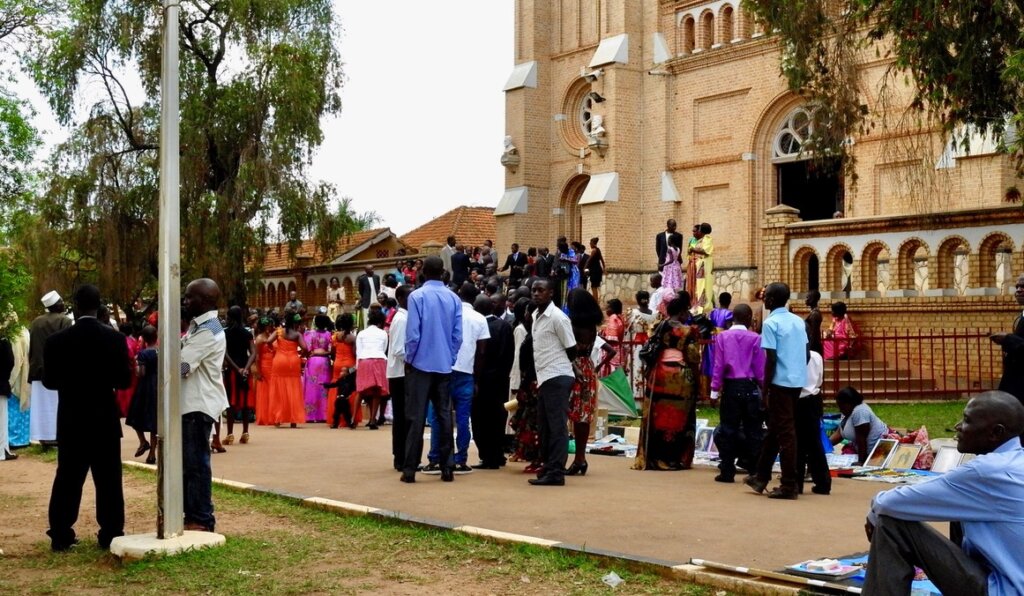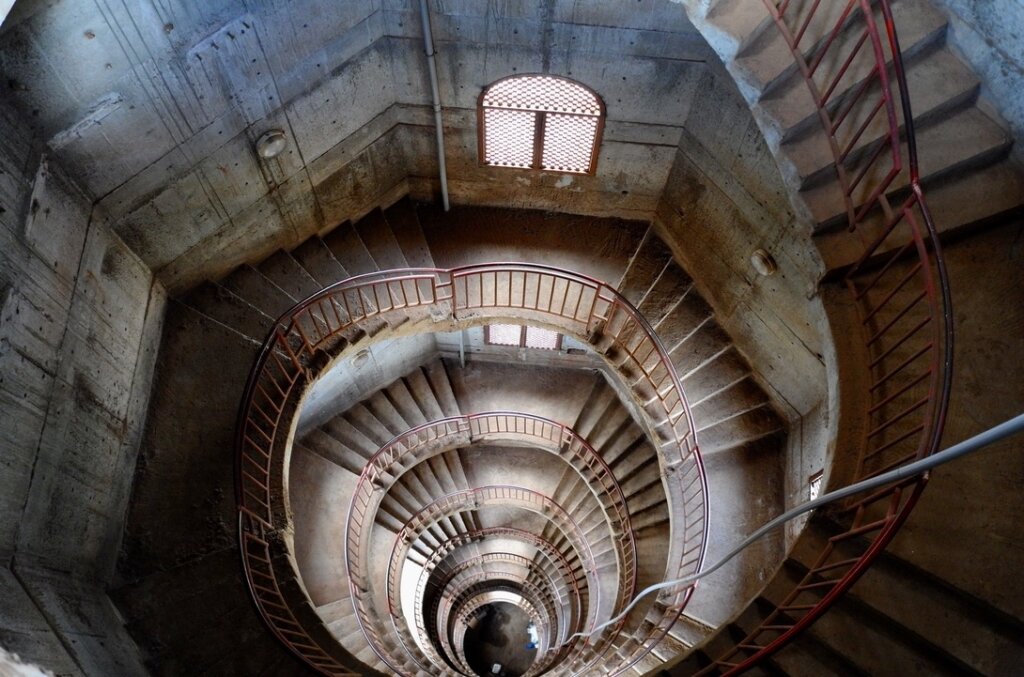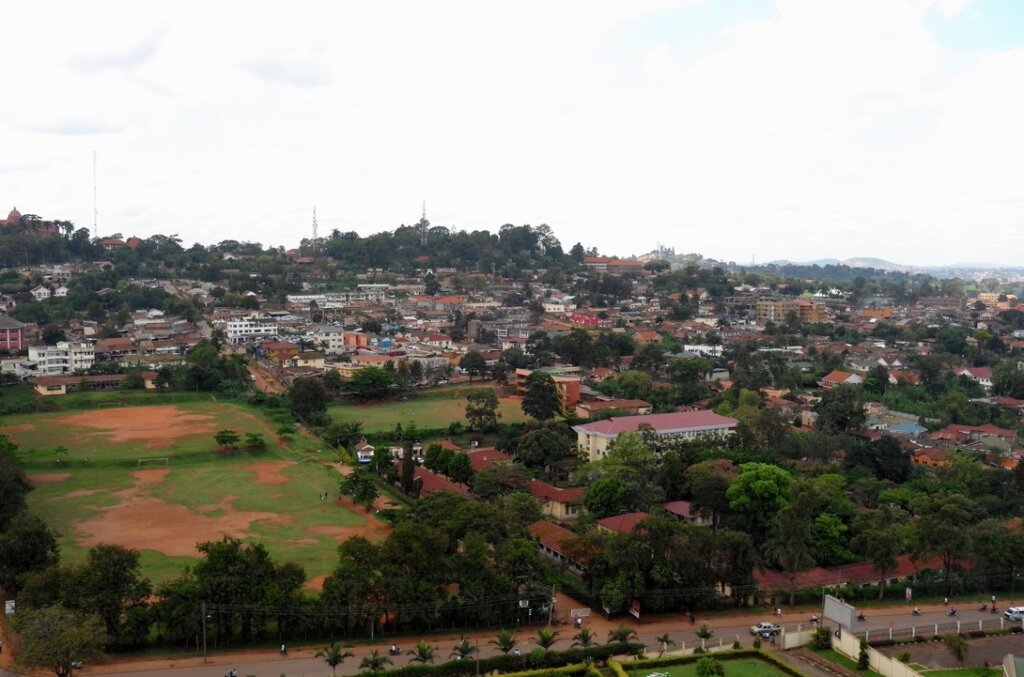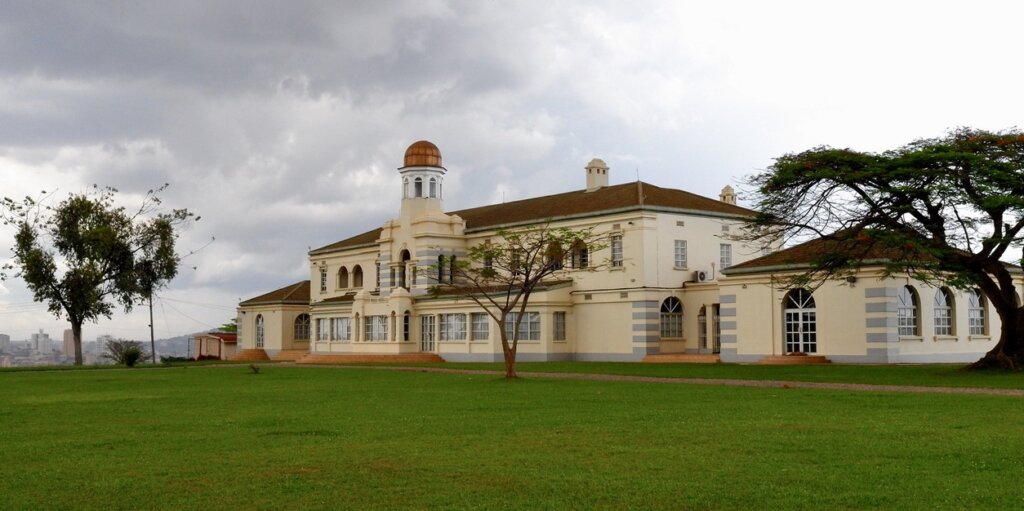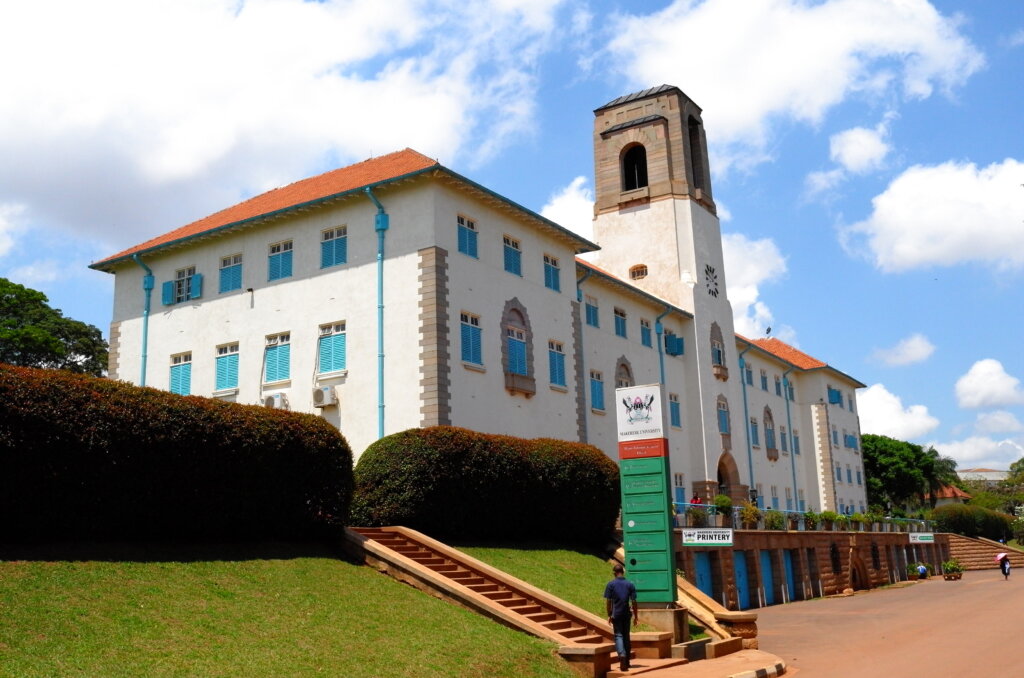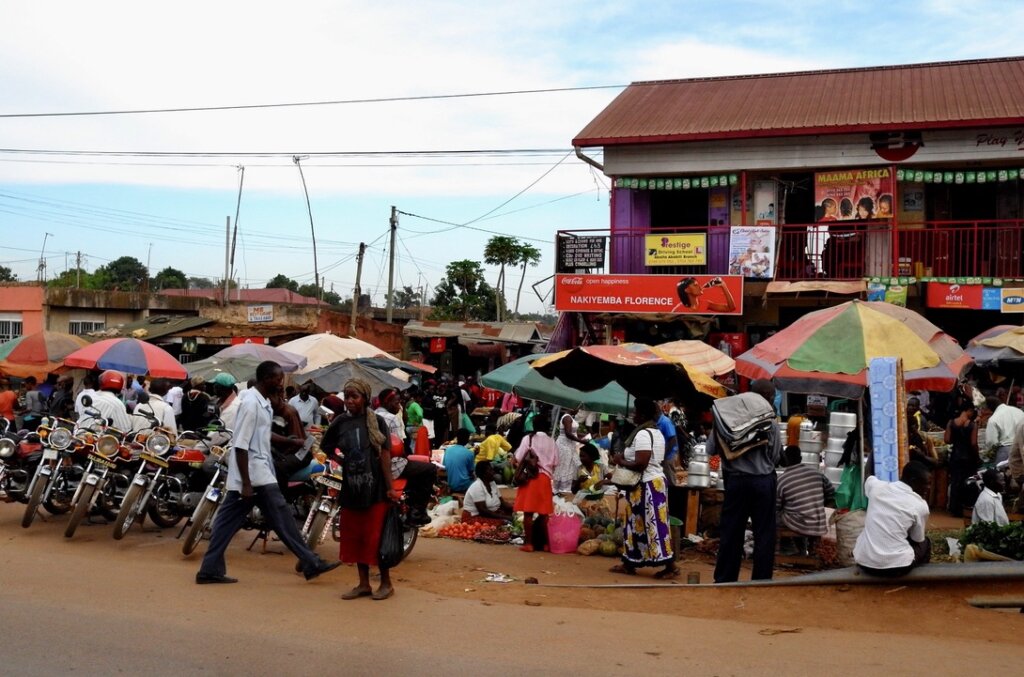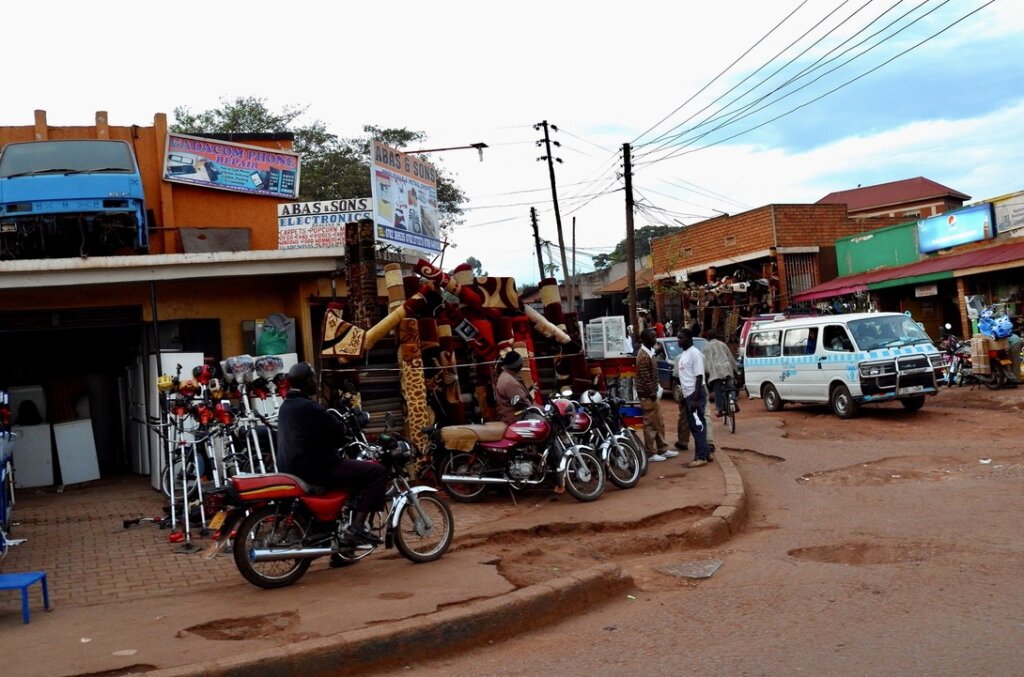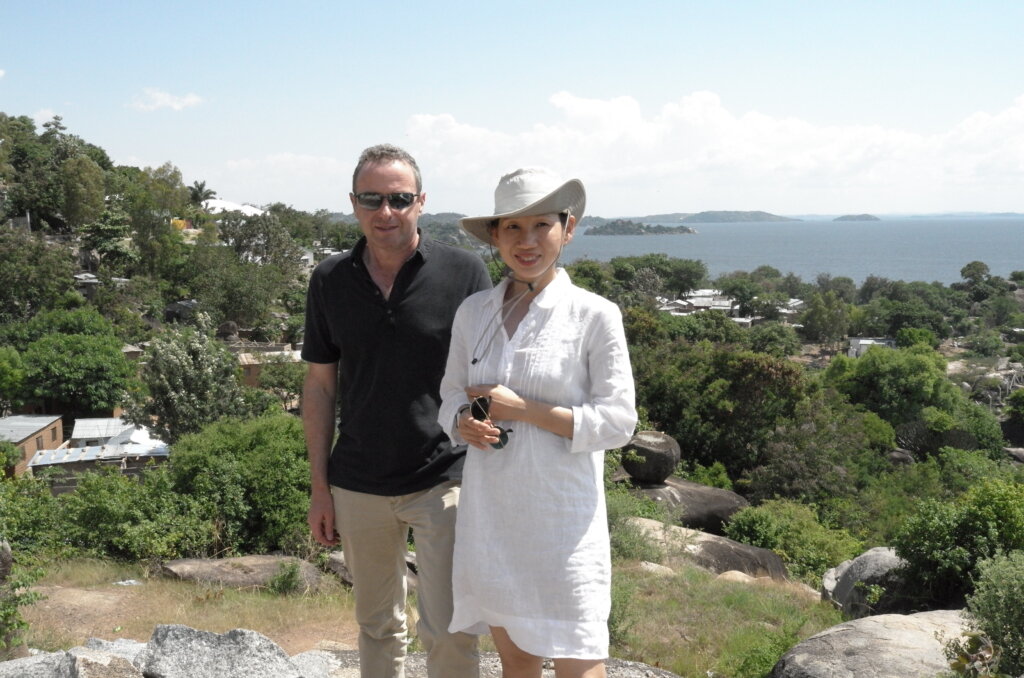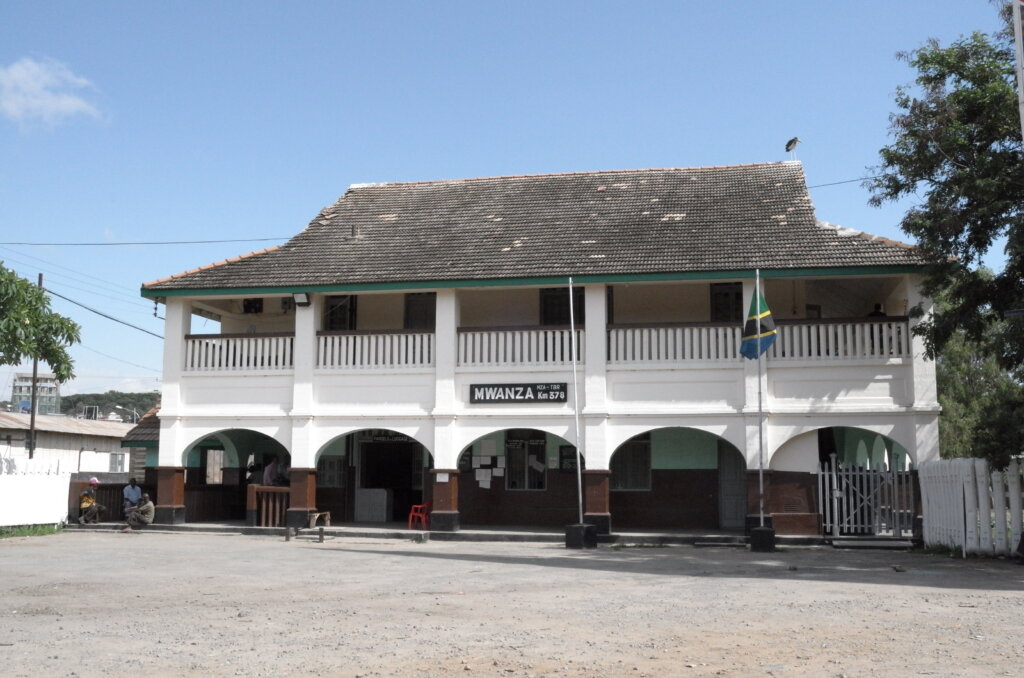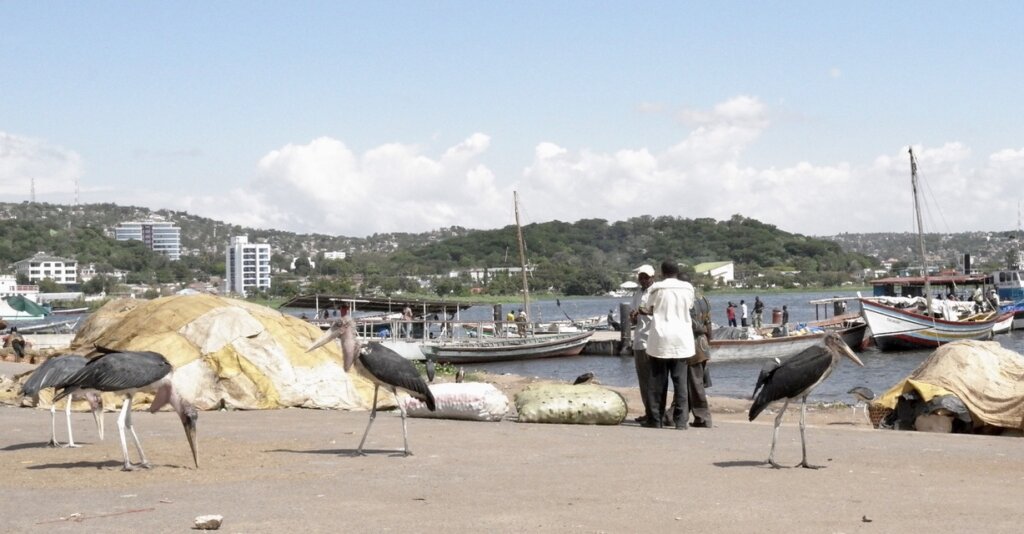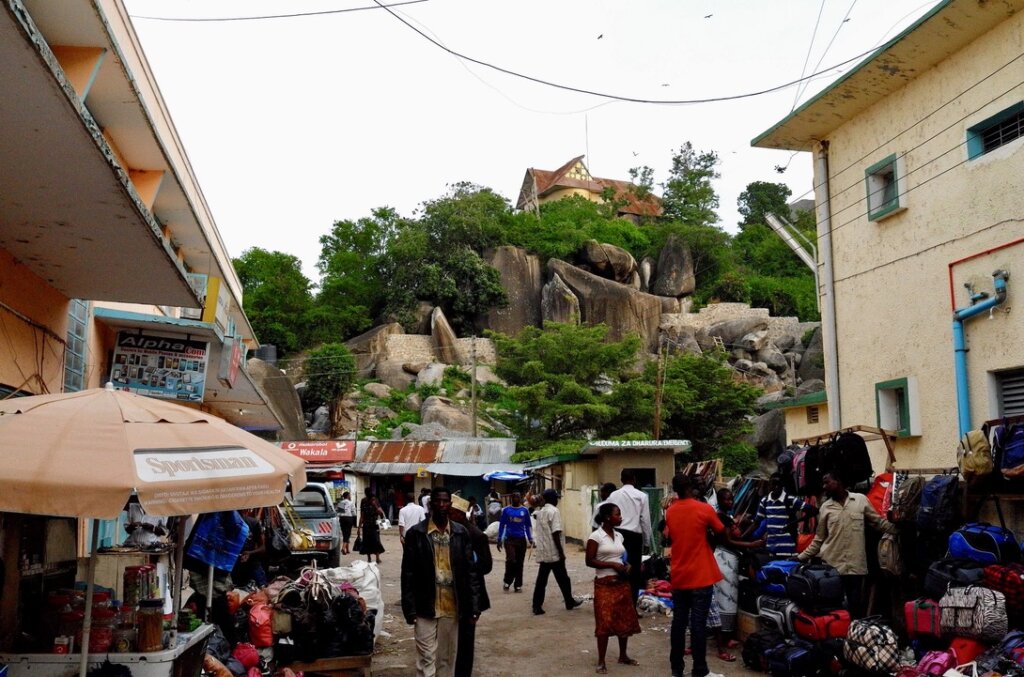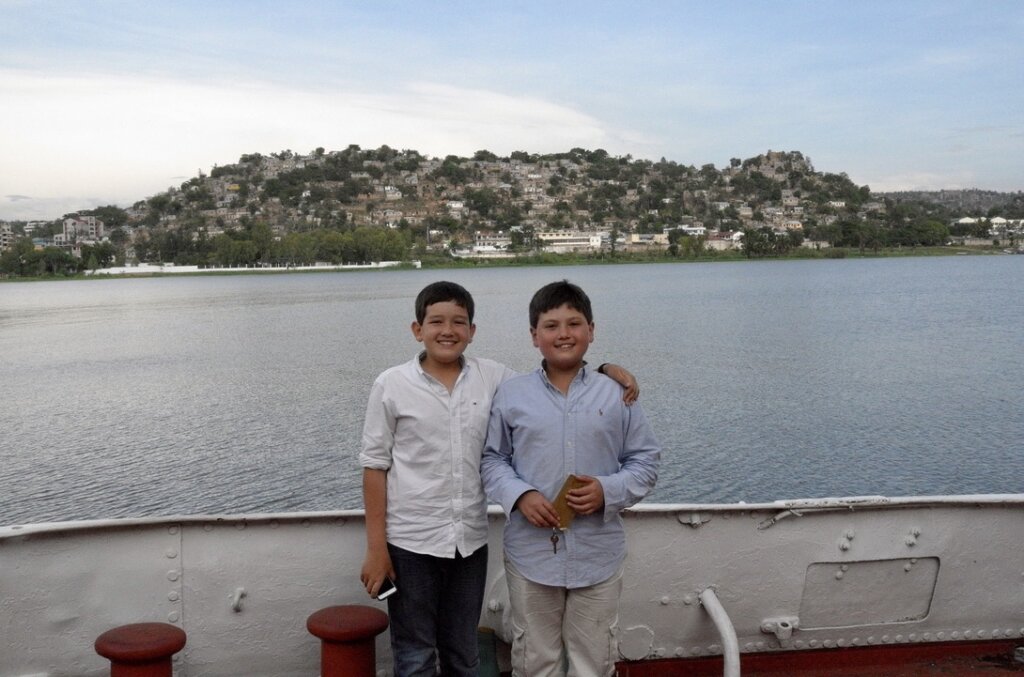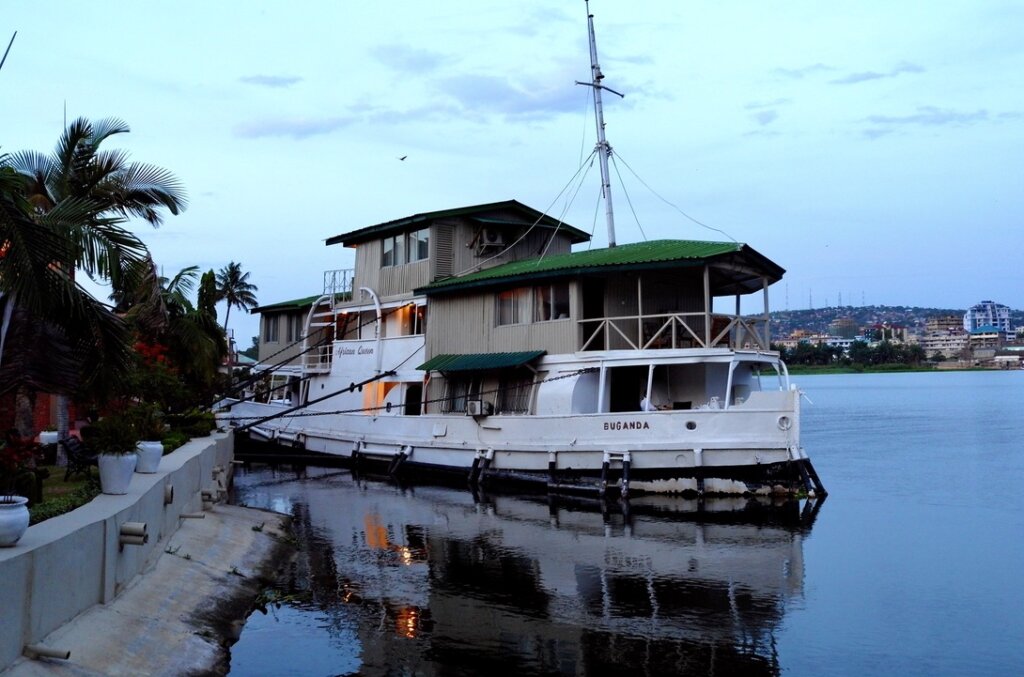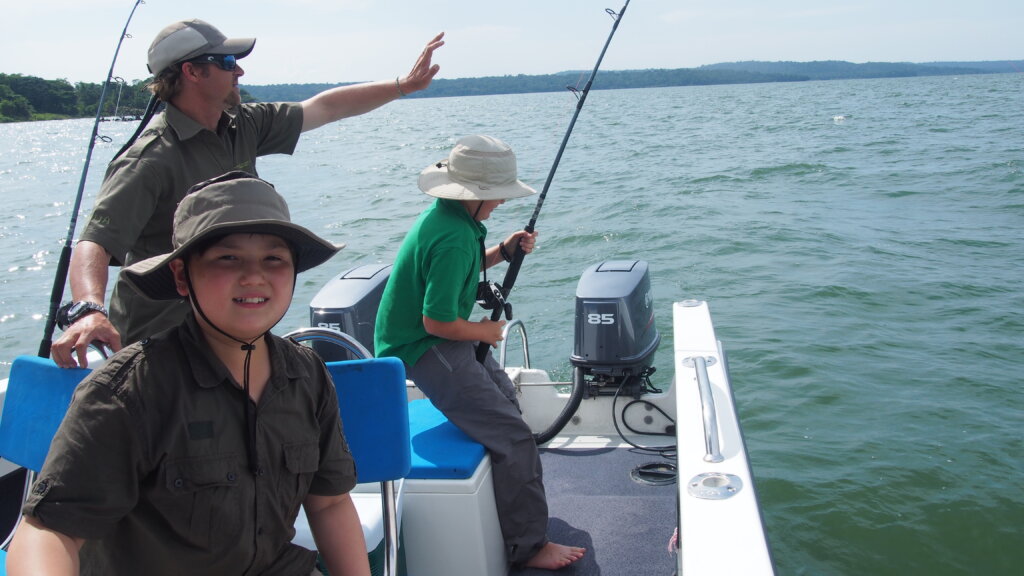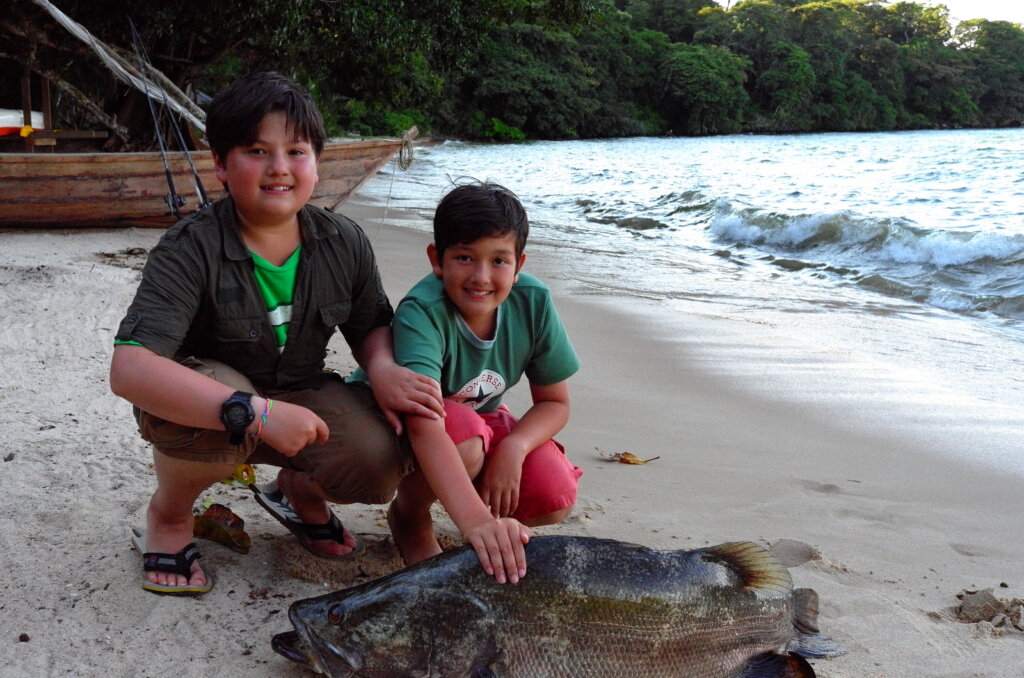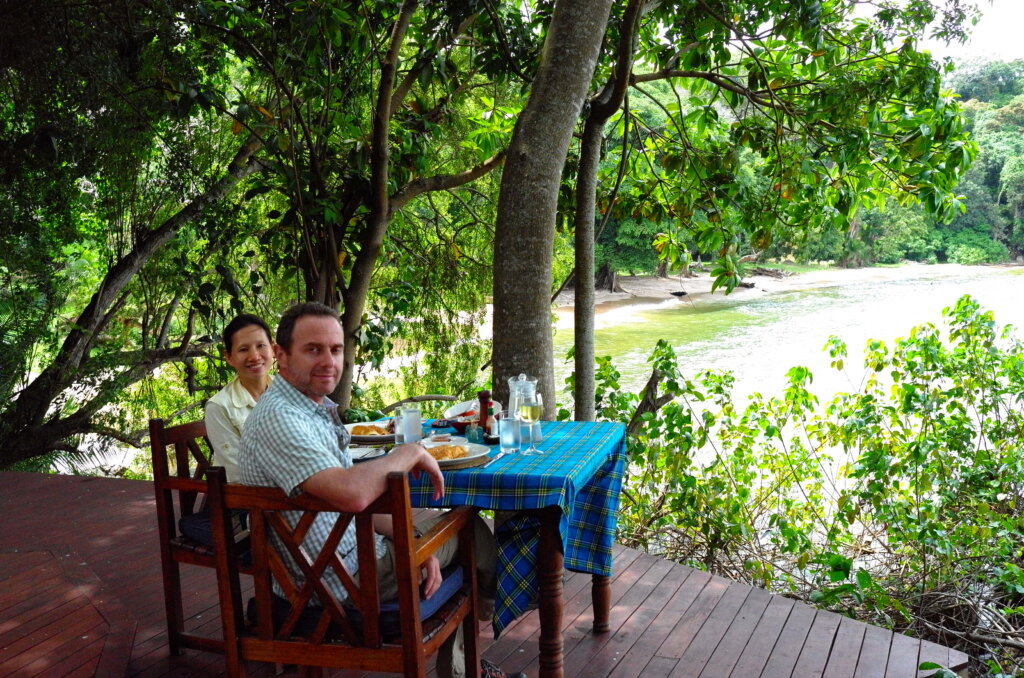The Karamojong are a group of Nilotic herders, similar in some ways to the Maasai. Their fearsome reputation among other Ugandans comes from their warlike culture and prowess with weapons. Like in other warrior cultures, the boys are raised in a spartan manner and are said to “enjoy living a tough life”.
They still occasionally raid other villages, to steal cattle or even their women. Until the disarmament program was completed a few years ago, the Karamojong were armed to the teeth with an overflow of weapons from the war in the Sudan, and those raids were usually quite bloody.
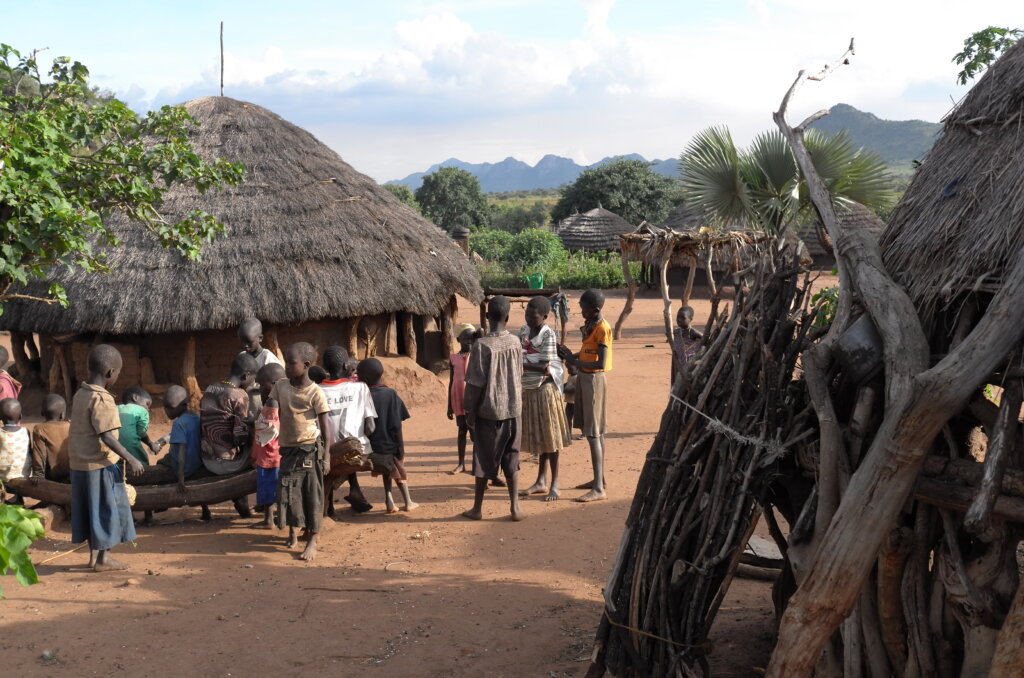
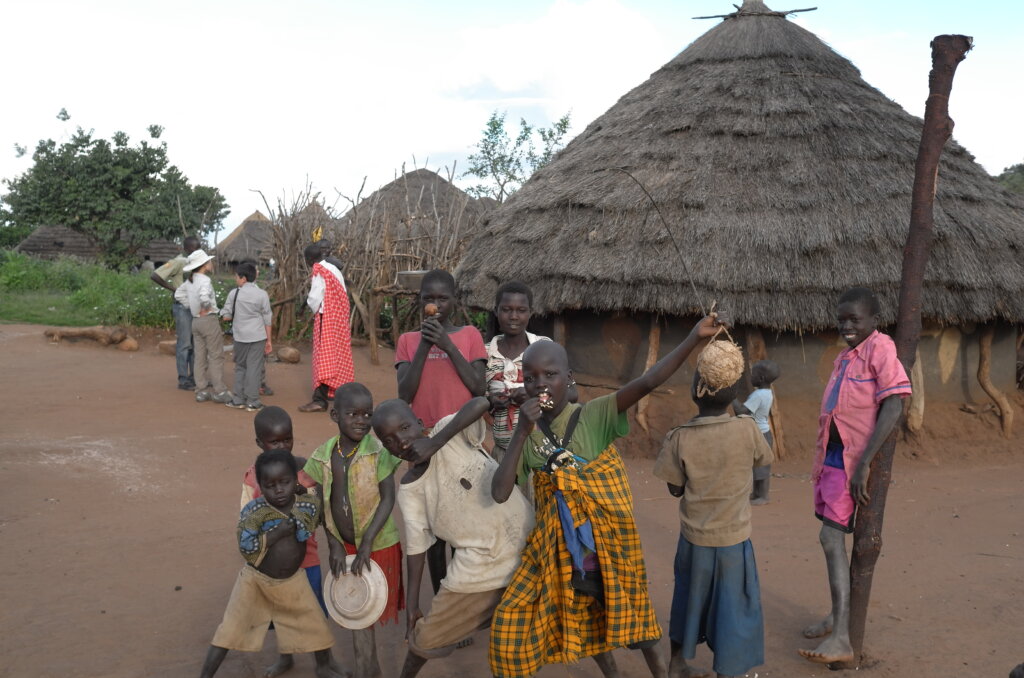
The Karamojong have managed to maintain their traditional way of life, and while they may partake in some aspects of modern life (such as schooling), they seem to take genuine pride in their culture and to prefer life in their villages. Their witch-doctors ride hyenas to communicate with spirits in order to cure illnesses, repel bad luck and call the rain.Every evening, the men will gather around a campfire with the Elders to drink sorghum-beer and discuss village matters.
A Council of Elders decides all matters in the village and they keep a clear division of labour between men and women. Men look after the cattle and build the infrastructure of the bandas. Women pound grains, cook, look after the children and thatch the bandas. Most men take several wives, often between two and six.
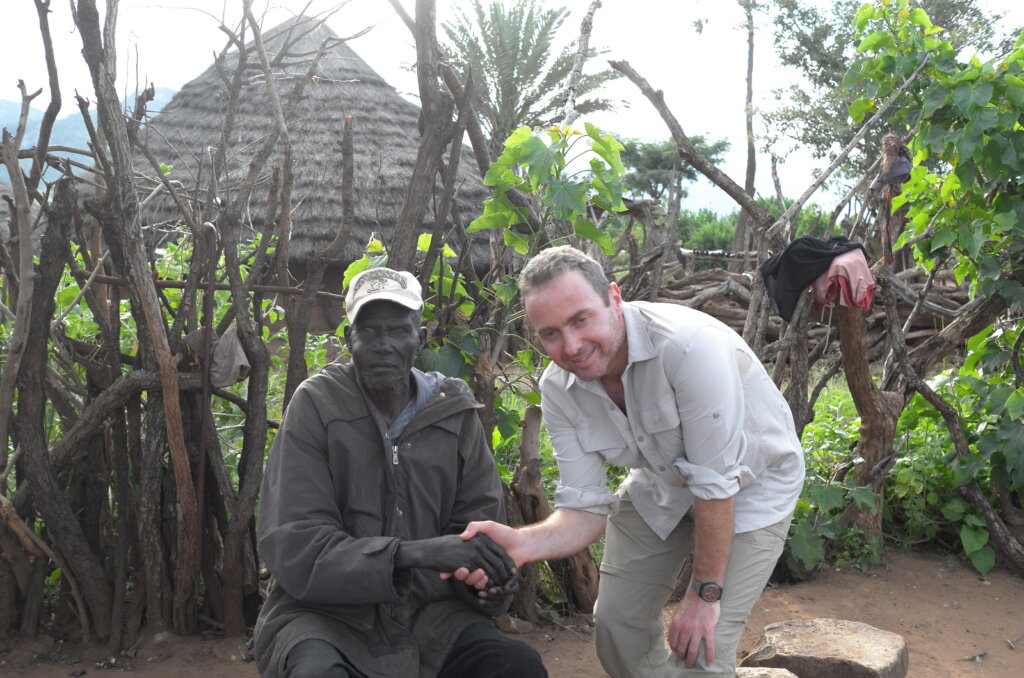
We visit the village of one of our camp’s staff, Augustine – a settlement of about 1,700 people called Lorukul. On that day, their king, Lothiang Ignatio, has just returned from the hospital where he was being treated and we have the opportunity to pay our respects to him.
